Purpose, love and security: the golden triangle of ageing well
Preparing yourself to have a happy, healthy life as you age requires thought, intention and preparation. Wherever you are on the health continuum, this may provide you with some food for thought.

It’s a truism to say it’s never too early, or too late, to prepare ourselves for getting older.
Some seem to seamlessly manage fitting diet and exercise and the mental stimulation needed to optimise our chances of a long, healthy life into their daily routines.
For others it’s a struggle to get a foot on the bottom rung, or stay on the ladder.
And for some on the edges it becomes its own quest, almost a full-time commitment bordering on obsession.
Just ask 46-year-old US tech entrepreneur Bryan Johnson, whose “blueprint” for longevity starts off as strangely alluring before it rapidly heads into the realm of frightening.
Johnson’s daily regimen has a range of clearly good health ideas including regular sleep and exercise, cutting out unhealthy foods, emphasising human connections and reducing stress by a daily “wind down” session. But then you head down the rabbit hole.
He says his ultimate goal is to slow his ageing process, hopefully forever. “Don’t die,” is his sell.
It’s a lot. Waking up at 4.30. Bed at 8.30 without fail.
Eating, or rather consuming, his diet entirely before 11am, concoctions of drinks that include collagen protein, with sweet potato the most substantial of dozens of ingredients. Scores of pills and supplements. Daily red light therapy for hair growth. Not to mention stem cell injections, and gene therapy.
The results are, according to his unconventional metrics, amazing. His flashy website tells us he’s in the top 1 per cent not just of 46-year-olds, but of 18-year-olds for fat mass, cardiovascular and, wait for it, night-time erections. (Is it good to have a lot? And how is it measured? So many questions.)
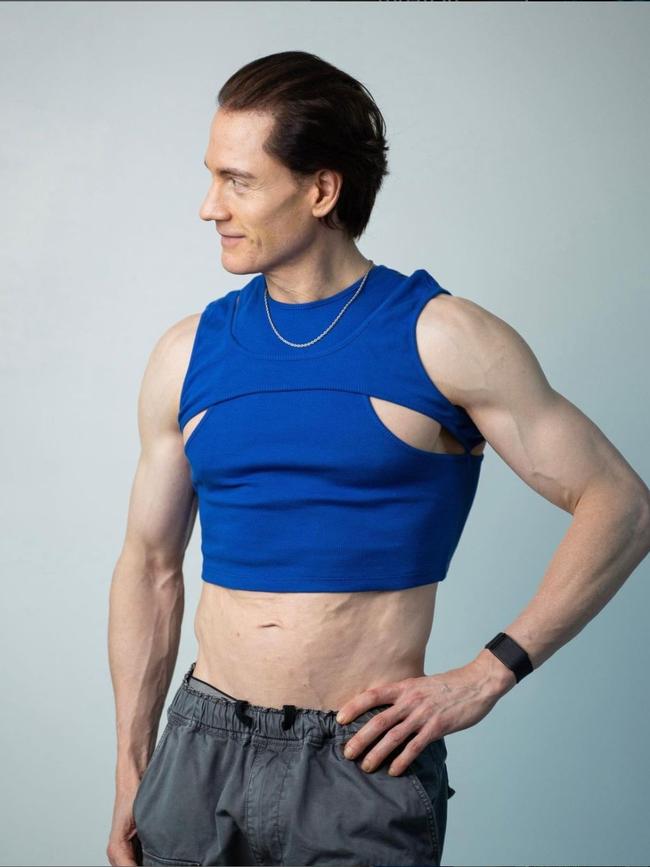
While Johnson and other body hack extremists are way out there, they are tapping into something universal – namely, how to best prepare for the back end of our lives. And with life expectancies now into the mid-80s for women and early 80s for men, it is literally a question for the decades.
The age crunch points
While the “never too early, never too late” mantra remains true, there are key biological time markers.
A Stanford University study released in August found dramatic changes take place in the human body around the age of 44, and again at around 60.
Analysing blood and microbiome samples from people aged 25 to 75, they found these ageing markers weren’t linear, but reached “cliff edges” in the mid-40s and early 60s.
The first was around 44, when there were changes in the number of molecules in the blood relating to alcohol, caffeine, processing fat, cardiovascular disease, muscle and skin. The study suggested this might lie behind such common mid-life issues such as weight gain and a lower tolerance to alcohol.
For those in their early 60s there was a rapidly increased risk of kidney function and loss of immunity, the study found. The risk of Alzheimer’s disease and cardiovascular issues also rise sharply at that point.
Report author, Stanford professor of genetics Michael Snyder, said it showed the “mid-40s is a time of dramatic change, as is the early 60s”, with lessons to be learned about the timing of preventative steps. “We should try to adjust our lifestyles while we’re still healthy,” he says.
Easier said than done
Few of us can claim we have no idea how to do this, so what’s stopping us?
Frances Batchelor, director of clinical gerontology at the National Ageing Research Institute, says especially in mid-life we “often don’t have a trigger for taking action”.
“I’m a physio, and I see in practice that our balance starts to decline in the mid-40s, if not earlier,” Associate Professor Batchelor says.
“Knowing this and determining that we don’t want it to be us can be that trigger to get us starting on exercises that can future-proof us into older age.”
Some of it is personal motivation, but some of it can be supported by public policy.
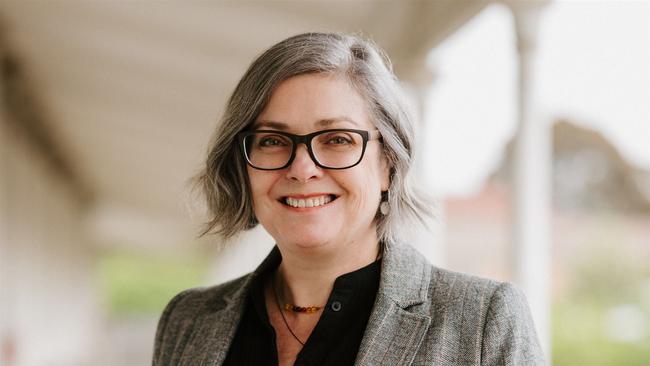
“Behaviour change is influenced by capability, opportunity and motivation,” she says. “Facilities like seniors’ exercise parks with equipment specifically designed for older people is an example of providing greater opportunity.”
Preventative steps like this can lead to broader savings in the public health system down the track, Associate Professor Batchelor says.
Her other point is around how to motivate and support older people looking to improve their health.
“The media is somewhat at fault here. It tends to portray older people either as the Masters athlete or someone jumping out of a plane, or a frail resident of aged care. This can be demotivating. They’re not exposed to the middle ground where there is so much they can be doing.”
As an exercise specialist, Associate Professor’ Batchelor’s message about preparing is to try to follow the recommended guidelines if possible: 30 minutes of exercise a day five times a week, doing a mix of cardio, flexibility and strength.
But she adds that balance is a key, and building up a “balance bank” from the mid-40s can be critical to a more active life in your 70s, 80s and 90s.
In that she is supported by a study published last year in the official journal of the British Geriatrics Society, Age and Ageing, which looked at a 20-minute, home-based exercise program that, combined with having additional protein in your diet, could reduce frailty and with it the risk of dying.
The University College Dublin study found taking that approach could lower vulnerability to illness, infection and falls within months.
While it was better to start while in your 40s, it didn’t hurt starting in your 60s or 70s, the study finds.
“Frailty is generally considered inevitable and irreversible as we age but we have shown that it can be reversed in as little as three months,” report lead author and GP John Travers says.
The program involved 20 minutes of strengthening and balance exercises at least four times a week, but preferably every day. In addition, they were asked to walk, swim or cycle for between 30 to 45 minutes three to four times a week. And add protein in their diet.
After three months two-thirds of the group had improved strength and bone mass, and reduced their average biological age by seven months.
Ageing well involves more than good health
Preparing for a well-lived older life involves more than just staying healthy. Physical health is just one component of overall life satisfaction, and when we start to drill into the life satisfaction of older Australians some interesting patterns emerge.
Roger Wilkins, director of the Household, Income and Labour Dynamics Australia study, the largest longitudinal study in the nation, has extracted life satisfaction data for Australians aged over 65. He notes there is a geographic correlation to life satisfaction.
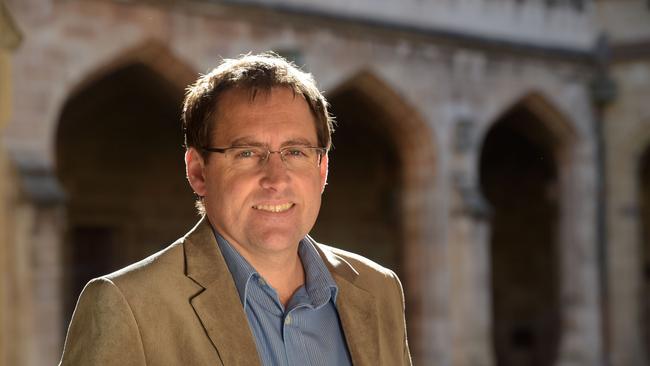
“Sydney stands out as the only location with average self-assessed life satisfaction ratings below 8 (out of 10),” Professor Wilkins says.
“It is significantly lower than other urban areas in NSW and also rural areas on multiple measures including mental health, general health and loneliness.”
Melbourne residents have a similar pattern, he said, though this didn’t extend to other capitals.
“Even though these areas have higher average incomes, it doesn’t seem to offset other factors,” he says.
“We don’t ask for reasons, but I’m prepared to say higher cost of living in these cities, especially the cost of housing, would be having an impact even on people aged 65 and over.”
The HILDA data has other interesting correlations. One of them reinforces the benefit of exercise, revealing that over-65s who don’t exercise at all or exercise less than three times a week not only have significantly lower life satisfaction, mental health and general health than those who exercise three times or more a week, but they are almost twice as likely to be lonely.
“This shows there’s clearly a virtuous circle of exercise being good for your wellbeing. So that to the extent you can do so, prioritise your health because it is a strong indicator of wellbeing in later life,” Wilkins says.
But what about alcohol consumption?
The data finds those aged 65 and over who drink alcohol five or more days a week had higher life satisfaction, better (self-assessed) mental and general health than those who didn’t drink or drank less.
And they were far less likely to be lonely.
“I think it’s a reminder that we can’t take all our guidance on how to live our lives from the people who have been put in charge of keeping us alive,” Professor Wilkins says.
“The public health advice is understandable from a purely medical point of view, but it doesn’t take into account what other benefits there might be. We need to be cognisant of these trade-offs when determining how we plan to live our lives.”
Staying connected and engaged
Maintaining a sense of purpose and meaningful human connections into your 60s and beyond are both vital ingredients to ageing well.
This is not easy.
For more than two decades the Australian Unity Wellbeing Index has measured wellbeing, finding these two items, along with some financial security, form the “Golden Triangle” of happiness.
“Year in, year out, we see that of the seven life areas that make up the Personal Wellbeing Index, three are the most important for overall satisfaction with life,” says Kate Lycett, Research Fellow at Deakin University’s School of Psychology and the index’s lead researcher.
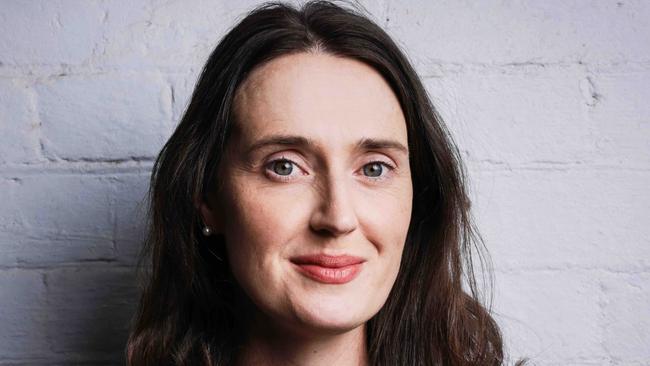
“This includes our standard of living, personal relationships and achieving in life (or a sense of purpose).
“These three life areas of life are often also closely related to one another,” Dr Lycett says.
For many, connection and purpose are provided through work.
And this is one of the areas where older Australians need help, because workforce barriers including a lack of opportunities, skills mismatches and overt ageism are stopping 12 per cent of Australians aged 55+ – that’s 900,000 people – from working, despite their wish to do so.
A recent McKinsey Health Institute report, titled Ageing With Purpose: Why meaningful engagement with society matters, surveyed 1000 Australians as part of a global ageing study to test whether older people’s “societal participation” through work, volunteering, education or engaging in community programs had a health pay-off.
“We found across all countries that older adults who participate in work, volunteering, education or in community groups report on average 4 to 8 per cent better health than those who didn’t,” report co-author and McKinsey Associate Partner Madeline Maud said.
The report notes that of those aged from 55 to 64, 42 per cent were employed and another 16 per cent wanted to work but weren’t. Only 11 per cent of those aged 65 to 79 continue to work, with a further 10 per cent not working despite wanting to. And almost one in 10 Australians aged 80+ (8 per cent) want to find their way back into the workforce, the report finds.
While money was the biggest motivator for those who continued to work later in life, one in five said they did it for personal fulfilment and 14 per cent said it was for their health.
Governments can help here. A Singapore reskilling program subsidised up to 90 per cent by its government, along with financial support for employers to redesign jobs for older workers, has raised the 65+ employment rate from 17 per cent in 2010 to 31 per cent in 2022.
Conclusion
You don’t have to be Bryan Johnson to prepare for a better sunset.
Turn intention into action, and stick with it.
Consider not just your diet and health but also how you plan to stay connected to others.
And consciously consider your purpose, whether it be as simple as spending time with grandchildren, or staying in the workforce if you can.
It’s never too early – but more importantly, it’s never too late.


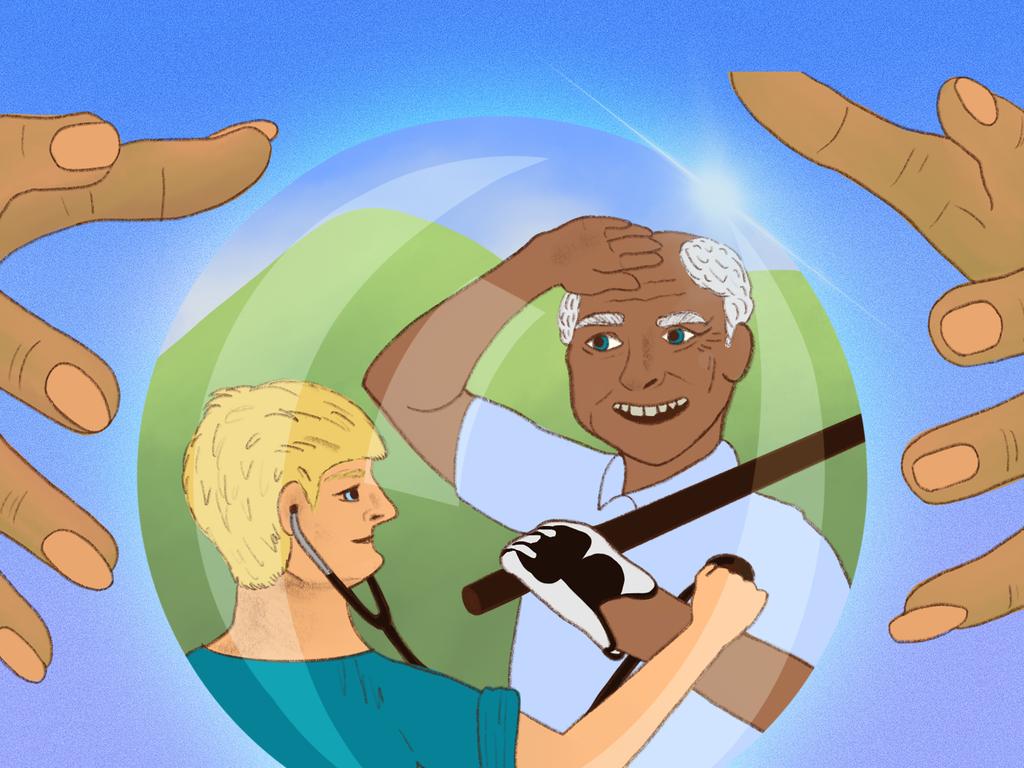


To join the conversation, please log in. Don't have an account? Register
Join the conversation, you are commenting as Logout